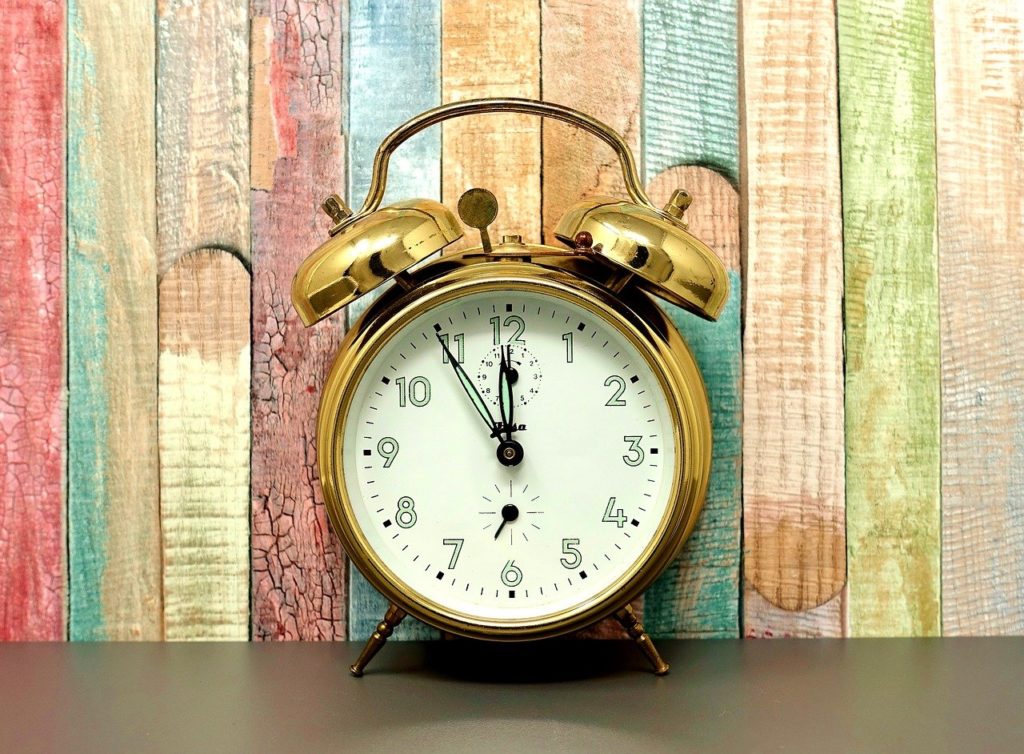Changing the Clocks Posted by Gary Locke on Oct 30, 2020 in Culture
On the first Sunday of every November in the US, we gain an hour of sleep. It marks the end of daylight saving time (DST), and the beginning of standard time. It also forces us to ask the age-old question, “Why do we do this?”
With standard time we gain daylight in the mornings and lose light at the end of the day. The evening commute is in darkness. And it happens just at the time of the year when we all notice the decrease in daylight hours. It seems to many a cruel shift in our lives. As does the move to DST in March.
History of Daylight Saving Time
It all began as an energy-saving plan during World War 1. We adopted DST so that we would turn lights on later in the evening, after 8 PM, closer to when most people would be going to bed. Also, it was believed that people would be more productive during daylight hours. The idea was abandoned after the war but reinstated in World War 2 for wartime production. In 1966 the federal government made the adoption of DST official unless a state chose to opt-out.
Two did: Arizona and Hawaii. Because Arizona can be very hot in the summer, residents of that state wanted as much darkness during the summer months as possible. Well, actually, Arizona mostly opted out. The Navajo nation within the state’s boundaries, still observes DST. Because Hawaii is much closer to the equator than any other state, the difference in daylight hours between DST and standard time is negligible. So, seeing no reason to change, they didn’t.
The Debate
The question is, should the practice continue? Life is significantly different today than it was 55 years ago. Saving energy is certainly a good idea in these days of a rapidly changing climate, but the results are so mixed that, effectively, there is no benefit. Yes, there is less dependency on artificial light. However, as Arizona figured out, there is significantly greater use of air conditioning.
Perhaps the oddest element to this debate is that many states are more inclined to keep DST all year rather than to drop DST and maintain standard time. California and Florida have passed legislation to permanently adopt daylight saving time, and six other states have approved similar legislation. The reason that nothing has happened is that Congress would have to approve it, and they don’t want to.
The continental United States already has different time zones, Eastern, Central, Mountain, and Pacific. Having ten states permanently on DST when the other 40 are on standard time would only add to the confusion. And that confusion extends worldwide.
Most areas in Europe and North America observe daylight saving time, but most African and Asian countries do not. Only a few countries in South America observe it, and in large parts of Oceania – the land areas around the Australian continent – the decision to observe DST is widely mixed. If you’ve ever traveled on international air flights in March or late October/early November, then you know the need to have the pilot remind you what the time will be when you reach your destination.
So, what would be the harm of Congress adopting a one time format and sticking to it? Perhaps that would be the ideal solution. But we likely will never find out. As we learned with Arizona and Hawaii, state’s rights (one of the founding principles of our republic) will always supersede a national mandate – at least if the matter is challenged in court. And everything seems to get challenged in court these days.
So, for now, we can save time in a bottle, but we have to pour it out every six months or so.

Build vocabulary, practice pronunciation, and more with Transparent Language Online. Available anytime, anywhere, on any device.




